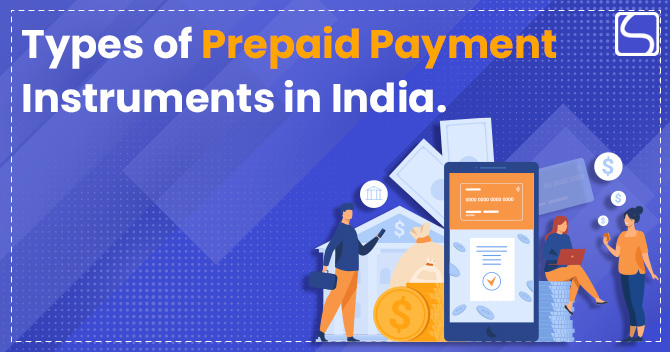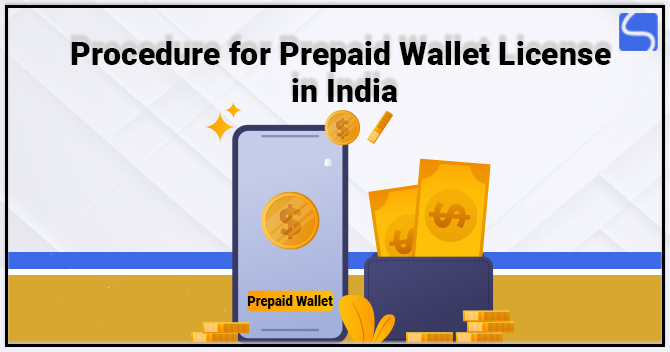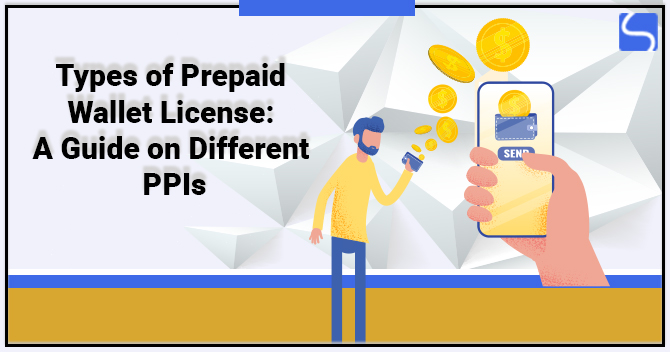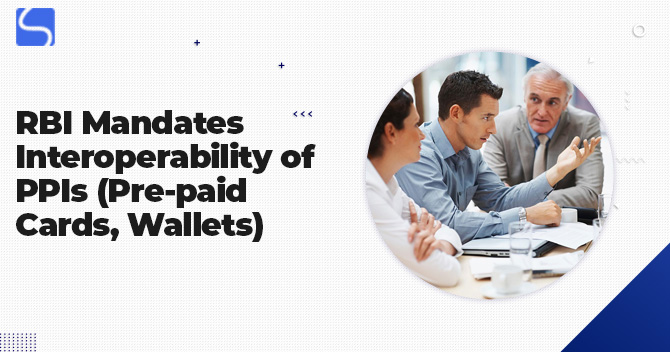Types of Prepaid Payment Instruments in India.

Ganesh Nair | Updated: Jul 19, 2022 | Category: Prepaid Wallet
The technology boom has changed our lives completely. It has created a huge impact on the way we consume things. One of the major technological advancements that have taken place in recent times is the use of prepaid payment instruments (PPIs). Prepaid payment instruments are used to carry out transactions to purchase goods and services, transfer funds, extend financial services and pay remittances against the value stored in them. There are various types of Prepaid Payment Instruments in India. The Reserve Bank of India has categorised the prepaid payment instruments into three categories: closed systems, Semi-closed systems and Open systems. In this blog, we shall discuss about the various types of Prepaid Payment Instruments and their usage.
Table of Contents
Types of Prepaid Payment Instruments (PPIs)
There are three types of Prepaid Payment Instruments, as stated by the Reserve Bank of India these are:
- Closed System: The closed system PPI is an instrument that can be used only at the entity from where it is issued. These PPIs can be utilised by the user to complete transactions in such entities only, i.e. these PPIs won’t function if a person tries to make a payment outside the establishment at some third-party brand or a different provider. Since it is a closed system, it prohibits the withdrawal of cash of the amount that is fed into the instrument. A Closed system PPI is not a payment system classified by the RBI; hence brands do not require any prior permission from the RBI to issue such cards. There are numerous types of closed PPI. These include vouchers, gift cards, redeemable coupons, discount cards etc. They are also utilised in government establishments such as metro stations and railways in the form of travel cards.
- Semi-Closed System: Semi-closed System PPIs have the capacity to be used in multiple locations. They are not bound to a specific establishment like in the closed system PPI. Semi-closed PPIs require prior approval from the banking institutions / Non- Banking Financial that the Reserve Bank of India has authorised. These PPIs cannot be used to withdraw cash; however they can be used to transfer amounts digitally between merchants. The PPI service provider is contractually bound with the merchants, wherever the contract stipulates that the issuer shall accept PPIs as payment.
The merchant can set up these transactions via a payment aggregator or a payment gateway. Examples of such systems are Paytm, Gpay, Pay Zapp, SBI Yono etc. Semi-closed PPIs cannot be issued without prior approval from the Reserve Bank.
- Open System: Open system PPIs are the ones that can only be issued by Banking entities. These banking entities must have been approved by the Reserve Bank. Open system PPIs are the oldest and the most familiar tools for payments. They have been around for a long time. Unlike the other two types of prepaid payment instruments Open system allows cash withdrawals and remittances, it can also be used to make payments for various goods and services. These PPIs consist of your Debit and Credit cards.
Changes introduced by RBI in PPIs.
- The Reserve Bank introduced a few changes related to the operations of PPIs in the Master Directions issued in 2021; these are:
- RBI divided the types of prepaid payment instruments that require prior RBI approval into two categories- Small PPIs and Full KYC PPIs[1].
- Small PPIs:
- These can be issued by Non-banks even by receiving minimum customer information.
- Rs.10,000 can be added to such PPIs every month, and the total limit should not Exceed 1.2 Lakhs
- Full KYC PPIs:
- To be issued by both Non-banks and banks after completing KYC (know you the customer)
- These PPIs shall be allowed to withdraw cash and make payments for goods and services. However outstanding amount should not exceed Rs. 2 Lakh.
- Along with this, RBI had as PPIs to make interoperability mandatory that should include QR codes as well.
- In the latest notification of 2022, RBI has prohibited non-bank prepaid wallets and cards from loading credit lines.
These are the various types of prepaid payment instruments now let us look at the reason why PPIs are gaining popularity.
Advantages of PPIs.
PPIs offer a wide range of functions, and that’s the reason why businesses want to incorporate PPIs into their daily transactions.
- Simplifies transactions and enhances customer experience: The thing that the customer appreciates the most is the ease of making payments. The consumer doesn’t like to have a cumbersome experience whilst buying any goods or services from a vendor. PPIs are a quick, simple and efficient method of making a payment. This not only saves time but elevates a customer’s experience while dealing with a company/brand or entity.
- Allows both offline and online purchases: As brands have realised the importance of online presence in the market. They are no longer limited to just physical stores, and brands are also investing a lot of resources to improve their online services. One of the key aspects of refining your online presence is incorporating PPIs. They function well in physical stores and they also help to grow your business when included as one of the payment options in online marketing.
- Security: Cash being one the most liquid assets, is very popular. However, there is a high risk in holding on to it as there are chances of Theft. Whereas PPIs provide a secure gateway for the transfer of funds between the user and merchant. In case cards go missing, they can be blocked immediately and all the purchases can be traced as well, which provides transparency.
- Allows to put a Cap on spending: As the spending process is eased, customers often forget to manage their finance. PPIs allow you to set a customised spending limit beyond which the user will not be able to spend and thus provide a sense of financial security to them.
- Variety of PPIs: many times, while using the traditional method of payment, a person may run out of cash, and the card machine might be inoperable as there are different types of prepaid payment instruments, a user in such cases can opt for alternative methods of payments that can bail you out of tough situations.
Conclusion: types of prepaid payment instruments can be broadly divided into three categories Close, Semi-closed and open. The RBI has introduced several regulations to make the PPIs more secure and accessible to the masses. It also provides certain advantages, which give it an edge over traditional forms of payments.
Read our Article:What are the Differences Between Closed and Semi-closed Wallet?














